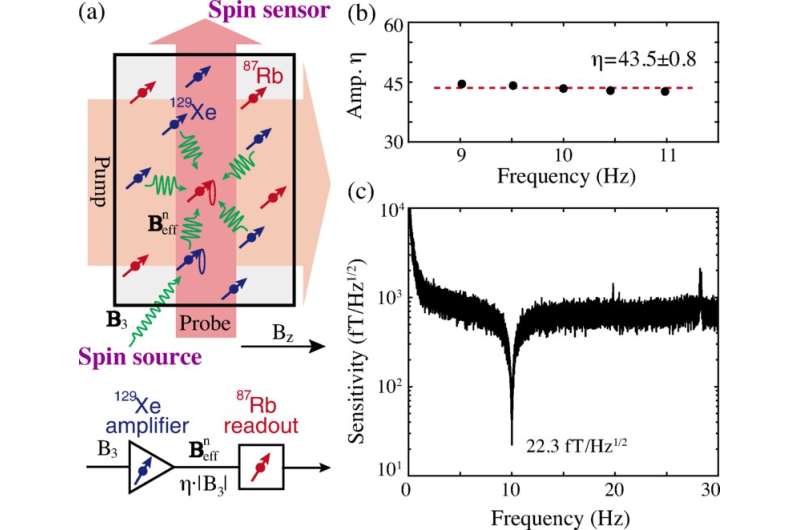
Some of the deepest mysteries of our universe, such as dark matter and charge-parity violation, may be explained by axions and axion-like particles. The well-motivated "axion window" may hold the mass of axions. Outside the axion window is where most laboratory searches and astrophysical observations look for axions.
The University of Science and Technology of China and the Chinese Academy of Sciences collaborated on a research project that used a spin-based amplifier. The study was published in a peer reviewed journal.
The exchange of axions between fermions can result in an exotic dipole-dipole interaction. The researchers used rubidium-87 electrons and xeon-129 nuclear spins as fermions. The rubidium could generate an exotic signal on the xeon nuclear spins due to the exchange of axions.
The researchers showed that the long-lived xeon-129 spins can enhance the exotic signal by a factor of more than 40. The most stringent constraints on the axion mass from 0.03 meV to 1 meV were provided using this technique.
This work provides a sensitive quantum technique to realize the indirect axion searches with a recently developed spin-based amplifier which is a significant improvement in sensitivity in a theoretically interesting mass region for axions. The spin-based amplifier scheme can be used to search for hypothetical particles beyond the Standard Model.
More information: Yuanhong Wang et al, Limits on Axions and Axionlike Particles within the Axion Window Using a Spin-Based Amplifier, Physical Review Letters (2022). DOI: 10.1103/PhysRevLett.129.051801 Journal information: Physical Review Letters